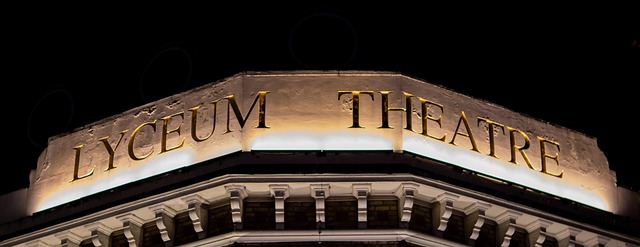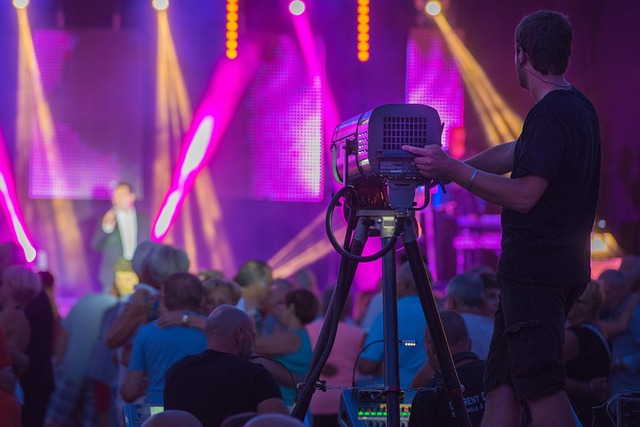The Evolution of Postmodern Theatre: A Theatrical Revolution
Theatre has always served as a mirror to society, reflecting cultural shifts, social issues, and philosophical questions. Among the radical movements that have shaped its landscape, postmodern theater stands out as a unique phenomenon. Emerging in the late 20th century, it introduced innovative techniques that challenged traditional storytelling and theatrical conventions, paving the way for a revolution in how audiences engage with performance art.
At its core, postmodern theater rejects the idea of a singular narrative or absolute truth. It favors fragmentation and multiplicity, inviting audiences to interpret the performance through their own lenses. This embrace of ambiguity can feel both exhilarating and disconcerting, resonating deeply with our contemporary experiences of living in a world saturated with information yet devoid of clarity.
One of the hallmarks of postmodern theater is its use of meta-theatrical elements. Productions often draw attention to their own construction, breaking the fourth wall and encouraging spectators to question the nature of performance itself. This self-awareness transforms the audience from passive observers into active participants, allowing for an intimate connection with the material presented on stage.
The incorporation of diverse media forms in postmodern theater is another striking feature. From multimedia projections to integration of video and soundscapes, the blending of different artistic mediums creates a multifaceted experience that captivates and challenges audiences. This experimentation fosters a dynamic landscape where reality and representation intermingle, echoing the complexities of modern life.
Furthermore, postmodern theater often engages with social and political themes, utilizing parody and irony to critique societal norms. It encourages discussions around identity, race, class, gender, and the very constructs of reality, making it a platform for voices that have historically been marginalized. This inclusivity becomes a catalyst for change as it resonates with audiences from varied backgrounds, evoking empathy and dialogue.
Notable playwrights such as Sarah Kane and Tony Kushner have left indelible marks on this evolution, pushing boundaries and inviting audiences to confront uncomfortable truths. Their works often embody the spirit of postmodern theater—a blend of chaos and clarity, despair and hope, ultimately showcasing the resilience of the human spirit.
As we delve into the world of postmodern theater, we recognize its transformative power—not just as a form of entertainment but as a conduit for exploring the human condition. This theatrical revolution invites us to embrace uncertainty, challenge preconceived notions, and redefine the very essence of storytelling. So, whether you’re an avid theatergoer or a curious newcomer, the world of postmodern theater awaits to ignite your imagination and provoke your thoughts in ways you never anticipated.



